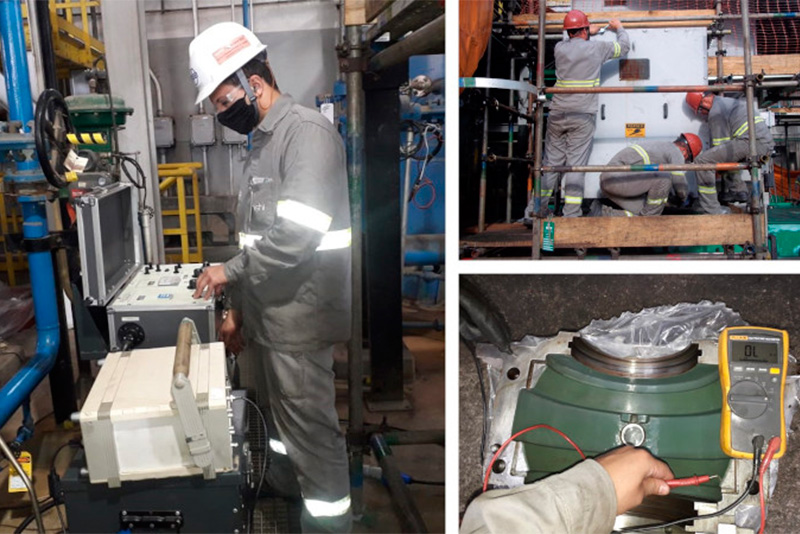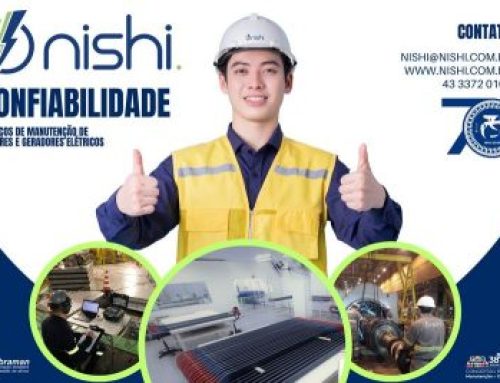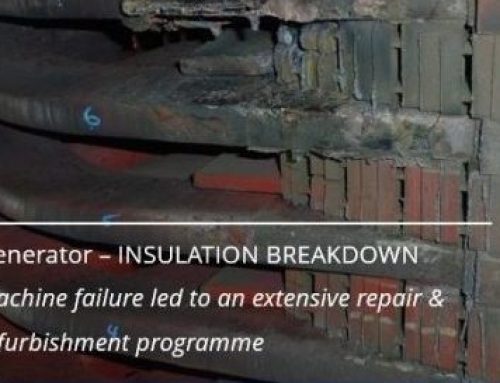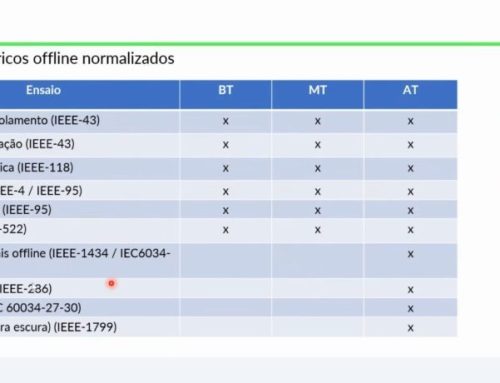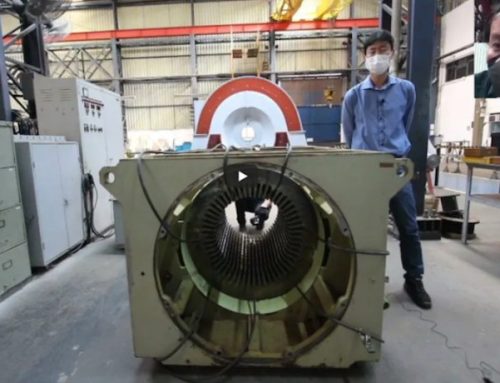The motor when it is running, due to the magnetic unbalance caused by asymmetry, induces voltage and current in the shaft that can generate current flow through the bearings. These currents are detrimental to the life of the bearings.
This phenomenon, voltage/current induced on the shaft, has worsened with the advent of PWM frequency converters, as motors are now fed by unbalanced waveforms with high frequency components.
The main cause of currents flowing through the bearings of the static converter-driven motor are common-mode voltages. The capacitive impedances become low at the high frequencies produced by the converter, causing current to flow through the path formed by the rotor, shaft, and bearing to ground.
These discharges wear out the balls and the raceway of the bearing or patent metal in the sliding bearing, giving rise to small holes, which begin to overlap and, if there are discharge currents for a long time, grooves (craters) will be formed. The erosion leads to reduced service life of the bearings and can cause machine failure.
To eliminate circulating currents, it is sufficient to isolate the motor bearings. As for the components of capacitive origin, it would be necessary to also isolate the bearings of the driven machine, to prevent the migration of electrical charges from the motor to the rotor of the driven machine through the electrically connected shafts in cases of non-isolated couplings. Another means of eliminating the capacitive component is to short-circuit the motor rotor by installing a graphite sliding brush in contact with the shaft.
Perform the maintenance of your motor operated with frequency inverter and avoid damage to bearings. Contact Nishi and request a quote to evaluate your equipment.




